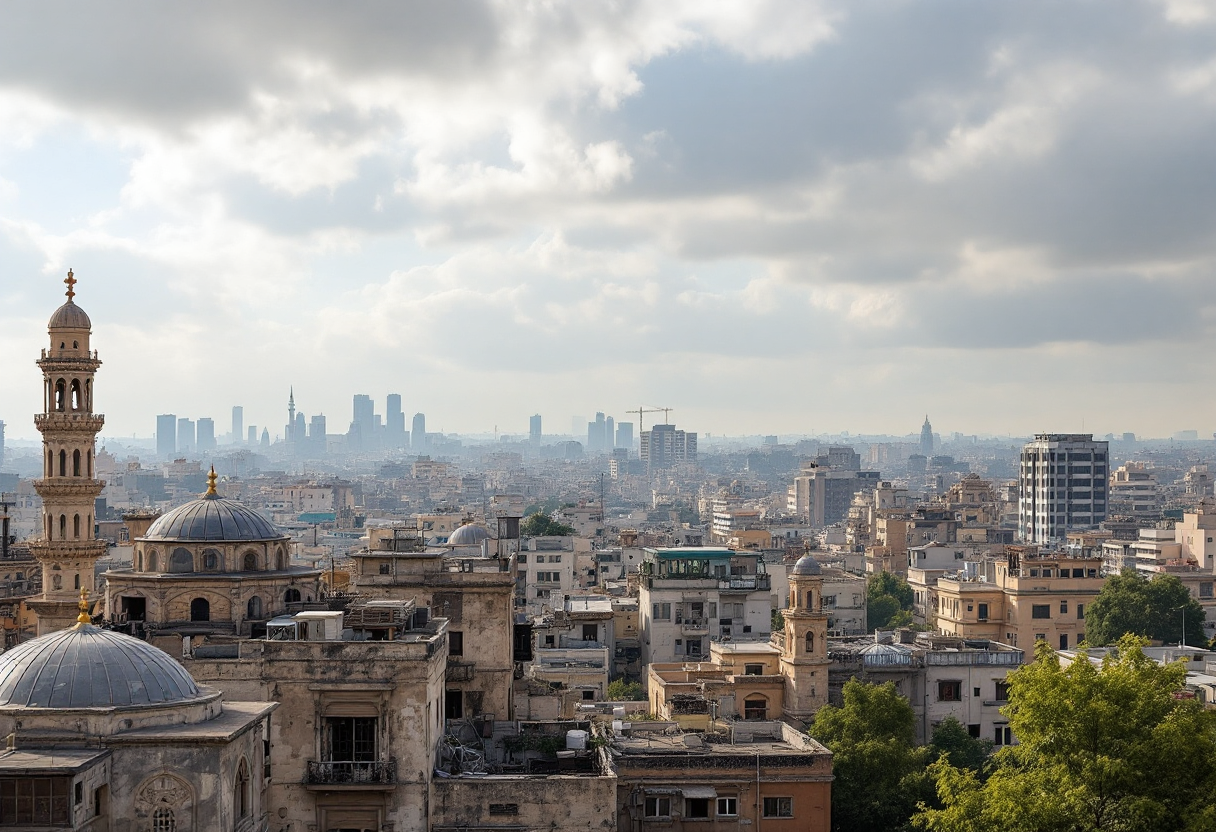Table of Contents
Aleppo’s unexpected turmoil: A new chapter in Syria’s conflict
In a shocking turn of events, Aleppo, once a symbol of the Syrian government’s regained control, is witnessing a resurgence of insurgent activity. Thousands of fighters have infiltrated the city, deploying to key landmarks and challenging the authority of President Bashar Assad’s regime.
This unexpected upheaval has left residents and observers alike grappling with the implications for the future of Syria.
Insurgent resurgence and its implications
Reports indicate that insurgents have entered Aleppo with minimal resistance from government forces, raising alarms about the stability of the region.
Witnesses describe scenes of celebration among the insurgents, who have taken to the streets, tearing down posters of Assad and asserting their presence in the city. This resurgence not only poses a direct challenge to the Syrian government but also raises questions about the effectiveness of previous military campaigns aimed at quelling opposition forces.
The Syrian armed forces have acknowledged the insurgent presence, stating that they are redeploying to counter the unexpected attack. However, the acknowledgment of insurgents establishing a foothold in Aleppo is a significant blow to Assad, who had previously declared victory in the city after a brutal military campaign in 2016.
The current situation reflects the fragility of the peace that had been established and the potential for renewed conflict.
The role of external actors
Turkey’s involvement in the Syrian conflict has been a double-edged sword. While it has supported opposition groups, its failure to prevent recent government attacks has drawn criticism.
The recent offensive coincides with Iran-linked groups, including Hezbollah, being preoccupied with their own conflicts, suggesting a shift in the balance of power in the region. As these external actors reassess their strategies, the dynamics of the Syrian conflict continue to evolve.
Moreover, the recent ceasefire in Hezbollah’s conflict with Israel has created a vacuum that insurgents have exploited. The timing of their offensive raises questions about the coordination among various factions and the potential for a broader conflict involving multiple players in the region.
Humanitarian concerns and the future of Aleppo
The humanitarian situation in Aleppo is dire, with reports of hospitals overwhelmed with patients and schools closing as residents seek safety. The UN has reported significant displacement, with thousands fleeing the violence. The Kurdish-led administration in eastern Syria has noted an influx of nearly 3,000 people seeking refuge from the fighting, highlighting the ongoing humanitarian crisis.
As the situation unfolds, the international community watches closely. The potential for renewed violence in Aleppo could have far-reaching consequences not only for Syria but for the broader Middle East. The insurgents’ ability to maintain control and the government’s response will be critical in determining the future trajectory of the conflict.
In the midst of this turmoil, the voices of Aleppo’s residents resonate. Many express a mix of hope and despair, reflecting on the memories of a city once vibrant and now caught in the crossfire of a protracted conflict. As the insurgents raise their flags and assert their presence, the question remains: what does the future hold for Aleppo and its people?





